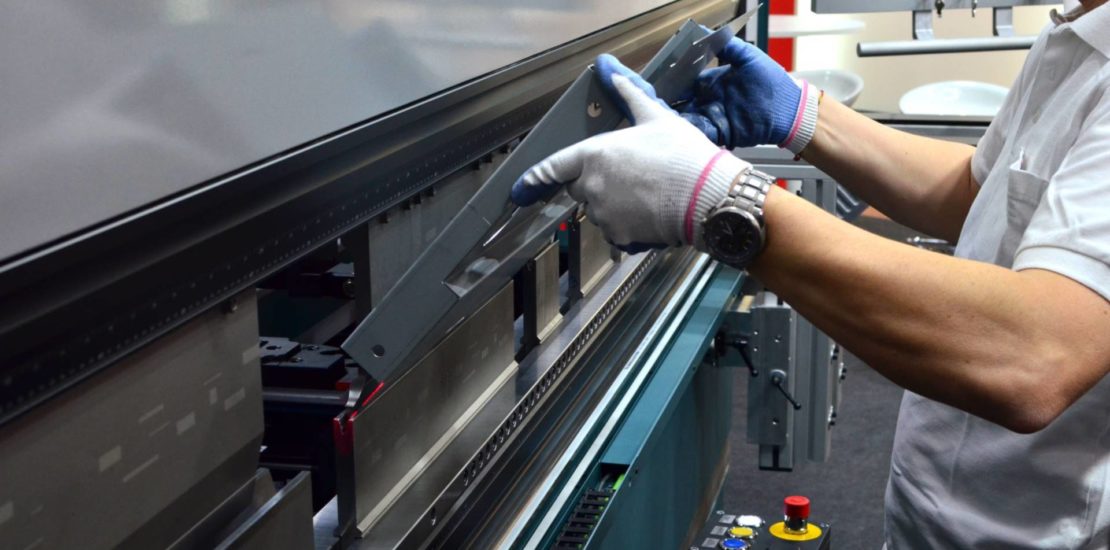Stainless steel
- 12 May 2023
- Published by: Andreas Janisch
- Category: Steel Construction

We will provide you with a professional one Contract Manufacturing of stainless steel components.
Our suppliers specialize in the production of high-quality stainless steel parts and have many years of experience in this area.
They offer excellent conditions and have extensive know-how in the field Stainless steel.
Content
Our range of services in the area of stainless steel processing
Our suppliers can produce a variety of stainless steel parts for you, including:
- Piping parts
- container
- Machine housing
- Turned and milled parts
- Railings and platforms
The companies, as well as their premises, machines and systems, are designed for the processing of stainless steel and enable efficient production.
They usually rely on the latest CNC technology and guarantee you the highest precision and repeat accuracy.
Your advantages with our contract manufacturing of stainless steel parts
Our suppliers offer tailor-made manufacturing solutions that are individually tailored to your needs.
They always pay attention to the highest precision and quality.
Thanks to modern equipment and highly qualified employees, we can guarantee you cost-effective, fast and reliable processing of your orders.
Our fields of activity in stainless steel processing
Our suppliers produce stainless steel parts for a wide variety of industries and applications. From railings for the construction industry to system components for the pharmaceutical industry to small precision parts in mechanical engineering.
We have suitable suppliers for almost every requirement and every price or quality level.
If you are interested, please contact us via Request form, to Email or by telephone.
Tips for ordering stainless steel parts
Pickling or passivating weld seams?
Many inquiries do not specify how the weld seams should be treated. The options range from cleaning and sanding to passivation.
Pickling:
Pickling is a chemical process in which the surface of a metal, usually stainless steel, is treated with an acidic solution. The main goal of pickling is to remove impurities, oxides and other unwanted deposits from the surface of the metal. This process usually occurs before further processing of the metal, such as welding or other manufacturing processes.
The most important steps in pickling are:
-
- Degreasing: Removing oils, grease and organic contaminants from the surface.
- Pickling solution: Immersing the metal in an acidic solution that removes the oxide layers and impurities from the surface.
- Wash: Thoroughly rinsing the metal to remove the pickling solution.
- Passivation: In some cases, the passivation step occurs after pickling to form a protective layer on the surface and further improve corrosion resistance.
Passivate:
Passivation is a process that aims to form a passive oxide layer on the metal surface. This oxide layer, usually chromium oxide, protects the metal from corrosion by forming a barrier against aggressive environmental influences. Passivation is usually carried out after pickling or after processing stainless steel parts.
The main features of passivation are:
-
- Chromium oxide formation: The process promotes the formation of a dense layer of chromium oxide on the surface of the stainless steel.
- Improved corrosion resistance: The chromium oxide layer improves the stainless steel's ability to withstand corrosive substances and moisture.
- Maintaining material quality: Passivation does not adversely affect the dimensions or mechanical properties of the metal.
In summary, pickling is primarily intended to clean the metal surface of contaminants and oxides, while passivation aims to create a protective oxide layer on the metal surface. Both processes are important to ensure the longevity and corrosion resistance of stainless steel and are used in various applications such as food processing or the chemical industry.
Surface information for stainless steel
Another important point that needs to be clarified before placing the order is the surface of the workpieces. It has a huge impact on the cost of stainless steel processing.
Here are some common names and descriptions of the finish of stainless steel parts:
-
- blank: A smooth and polished surface that is free of visible scratches, marks or imperfections. This is the highest quality level for stainless steel surfaces and is often used in applications with high aesthetic requirements such as: B. in architecture or household appliances.
- Ground: The surface is processed by sanding with abrasives of different grain sizes to create an even and matt surface. This surface is often used in industrial applications where aesthetic requirements are less stringent but good corrosion resistance is still required.
- Stained: The pickling process cleans the surface of oxides and impurities. This results in a uniformly matt, slightly rough surface that offers excellent corrosion resistance. Pickling is often carried out before passivation.
- Electropolished: A surface treatment in which the stainless steel part is immersed in an electrolyte and subjected to an electrical current. This results in a smooth, shiny and corrosion-resistant surface. Electropolished surfaces are often used in the pharmaceutical industry and food processing.
- Satin: A surface that lies between polished and sanded. It has a slight roughness and an even texture. Satin finishes are often used in furniture, kitchen appliances and decorative applications.
- To brush: The surface is processed with a wire brush or abrasive fleece to create a structure or pattern. Brushed surfaces have a unique texture and are often used for decorative and architectural applications.
Contact Person
-
Andreas Janisch
FounderAndreas Janisch, founder of Jactio.com, is an industrial engineer with more than 15 years of experience in mechanical engineering, plant construction and construction....
view profile
Last revised on September 21, 2023 by Andreas Janisch

